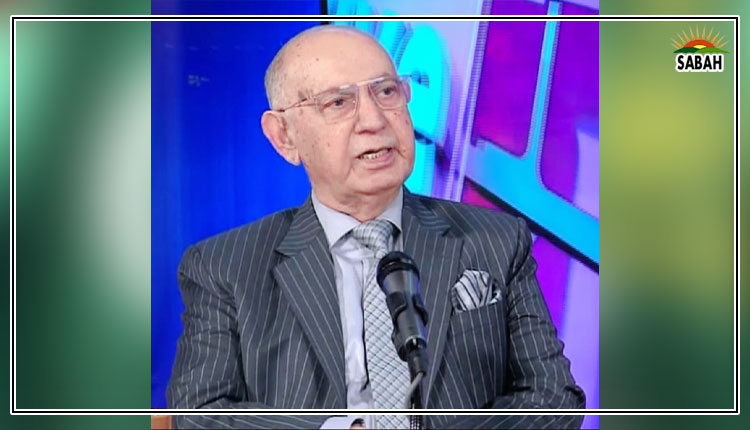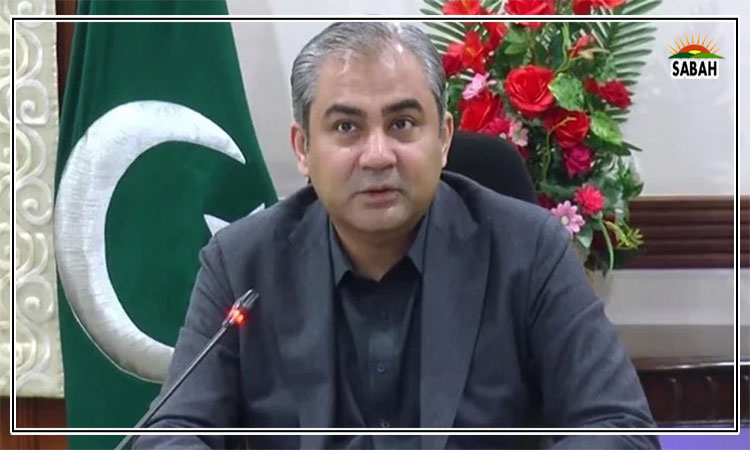Smart futures…Zehra Waheed
THERE is a dominant consensus among practitioners and academics alike that the world’s most pressing environmental, resource-related, and economic challenges assume global dependencies and demand global collaboration. Yet, time and again, the Global South — resource-constrained, capability-limited, and grappling with multi-level, multi-sectoral problems — has found that external support remains elusive, especially in times of the greatest need. Pakistan has witnessed this during its worst disasters, when investment for large-scale sustainable solutions was most critical.
Pakistan’s challenges are huge. Air pollution chokes our cities, water scarcity threatens agriculture and livelihoods, urban expansion accelerates ecological degradation, and natural disasters devastate communities with alarming frequency. The country’s high vulnerability index underscores the urgency of addressing these issues. The UN Sustainable Development Goals (SDGs) followed universally offer a framework, but they also demand a realistic assessment of our capabilities and a reimagining of how we allocate our limited resources. This realisation necessitates a paradigm shift — one that prioritises self-reliance, contextual relevance, and strategic innovation. For countries like ours, this shift is not just an option — but an imperative.
The SDGs, against which we position our efforts, essentially serve three roles. First, they are an empirical tool, enabling us to scrutinise global issues across economic, social, and environmental spheres. Second, they act as a diagnostic tool, identifying the leadership and accountability required across governments, international institutions, civil society, and the private sector. Third, they serve as a bridging tool, harmonising efforts across sectors to create cohesive, impactful action. Yet, as the 2023 midpoint assessment of the SDGs reveals, the global picture is far from rosy. Only 15 per cent of assessable targets are on track to be achieved by 2030, while 48pc are moderately or severely off track. Worse, over 37pc of targets have either stagnated or regressed since 2015.
While Pakistan remains behind its targets (but so does the rest of the world), we must recognise that the global landscape has recently shifted dramatically. Turbulent politics, the rise of inward-looking policies, and the volatility of international relations have left nations to fend for themselves. The return of Donald Trump as US president, for instance, reflects a broader trend of reactionary politics that prioritises national interests over global cooperation. With somewhat estranged relations with the US and increasing dependence on Chinese technology, finance, and political support, Pakistan must think smart, focusing on solutions that align with its specific realities.
For Pakistan, this means asking the right questions: what are the specific problems we need to solve? What are our strengths, and how can we build on them? Take, for example, the National Research Programme for Universities, the Higher Education Commission’s flagship research programme, which prioritises natural sciences and engineering disciplines. An analysis of 1,891 completed projects reveals a clear focus on primary, natural science and engineering-centric research.
As a nation that has historically been a consumer rather than a creator of technology, products and services, it is unrealistic to assume we can compete with giants like China, the US, Britain, or Germany in producing cutting-edge technologies from scratch. Instead, it may be prudent to spend on research focusing on downstream opportunities — exploring ways to add value midway in the supply chain. This approach allows leveraging existing global advancements while creating realistic, context-specific solutions that address our unique challenges. This also means more social science and management research.
Repositioning research funding is not just about shifting priorities; it’s about aligning them with emergent global realities and our national capabilities. It’s about funding explorations that enable us to extract maximum value from limited resources. It’s about fostering innovation that responds to our immediate needs while contributing to the global SDG agenda.
The path forward requires a dual focus: that of urgency tempered with pragmatism. This means prioritising research that delivers realistic, actionable solutions, ensuring that our efforts are grounded in a realistic understanding of our capabilities and the global reality.
By repositioning our research funding, we can not only address our immediate challenges but also contribute to a more sustainable, equitable future for all. The time to act is now. The stakes, for us, are too high to defer.
COURTESY DAWN












